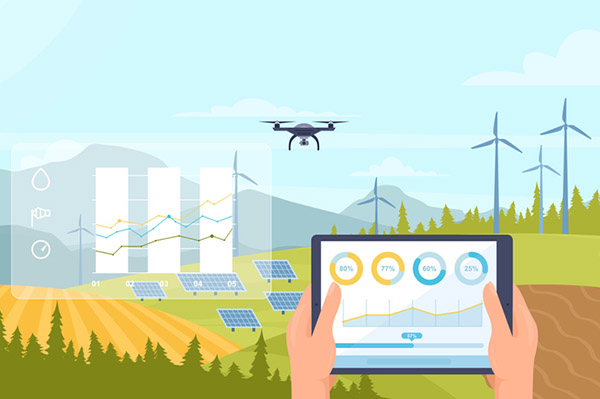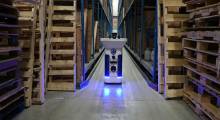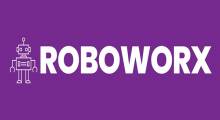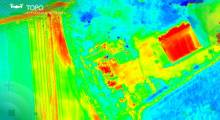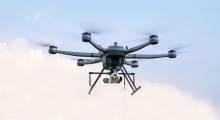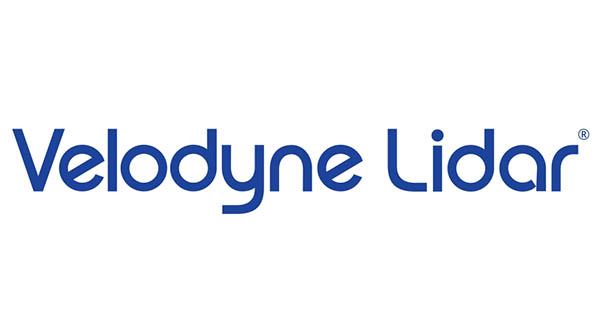Autonomous aircraft software is designed to enable uncrewed aerial vehicles, or UAVs, to operate without the assistance of human pilots. The software often incorporates advanced algorithms for flight control, navigation, and obstacle avoidance, as well as sensors and other hardware that allow the aircraft to detect and respond to its surroundings. Different types of autonomous aircraft software are available, ranging from open-source solutions to proprietary platforms designed for specific industries or use cases.
The growth of the drone software market is propelled by factors such as the increase in autonomy to reduce human errors, the adoption of artificial intelligence in autonomous systems, and the rise in demand for profitable aircraft operations.
Moreover, the increasing adoption of autonomous vehicles because of their availability on demand and the development of urban transportation alternatives will present new growth opportunities for the global market in the coming years.
The global market for autonomous aircraft software will experience a strong compound annual growth rate (CAGR) between 2023 and 2032, according to a recent study by Allied Market Research. Here's a look at the future of aircraft.
UAV tech and trends to watch
In robotics and the autonomous aircraft software industry, here are some important technologies and trends to keep track of:
- Lidar: Light detection and ranging sensors are becoming increasingly popular in autonomous aircraft software, allowing drones to construct detailed 3D maps of their surroundings and navigate more precisely. Manufacturers of lidar technology include Velodyne (see video below), LeddarTech, Luminar Technologies, and RoboSense.
- AI: Machine learning is becoming increasingly crucial in allowing aircraft to make more informed judgments and adjust to changing environmental conditions in real time. Aircraft manufacturers with an interest in AI include Boeing, Honeywell Aerospace, and Lockheed Martin.
- Edge computing: Cloud and edge computing technology can handle and analyze data from UAVs in real time, allowing for faster decision-making and more efficient operations. Frontrunners using edge computing include Intel, Thales Group, and GE Aviation.
- Computer vision: Machine vision enables autonomous drones to observe and interpret their surroundings, allowing them to navigate complicated landscapes and avoid obstacles. Vendors such as Rockwell Collins and General Electric are using computer vision to enhance the accuracy of their products.
- Swarm technology: This technology has the potential to enable large groups of drones to collaborate on missions like search and rescue or military surveillance. For example, leading manufacturers like Kratos Defense & Security Solutions, Aurora Flight Sciences, and AeroVironment have developed swarm technology.
Autonomous systems market is competitive
The market for autonomous aircraft software is very competitive, with numerous companies competing for market share and attempting to differentiate themselves through innovative products and services. Here are some strategies used by leading market players to succeed in the autonomous aircraft software industry:
Investment in R&D: In the autonomous aircraft software business, innovation is essential. Leading companies are investing extensively in research and development to offer new products and services. This entails creating algorithms for drone control and navigation and incorporating the latest sensor, power, and AI innovations.
Offering end-to-end solutions: Companies that offer both hardware such as drones and control software are well-positioned to succeed.
Focus on specific industries or use cases: Some market participants are developing systems addressing specific industries or use cases, such as agriculture, construction, infrastructure inspection, or delivery services. This enables businesses to distinguish themselves and establish a strong reputation for expertise in a specific field.
Partnerships and collaborations: Many of the leading players are forming strategic partnerships with other companies to capitalize on their respective strengths and create integrated solutions.
For instance, Boeing established a partnership with defense startup Shield AI in March to incorporate AI and autonomous capabilities into existing and future defense equipment. Hivemind allows military drones and airplanes to execute room clearance, participate in aerial dogfighting, and penetrate air defense systems autonomously.
Shield AI's system uses AI to interpret and respond to the battlefield and does not rely on communication channels to make judgments. Hivemind allows swarms of aircraft and drones to fly independently without GPS or communication networks.
On the other hand, the U.S. Defense Advanced Research Projects Agency (DARPA) recently finalized its first live-flight demonstration of air combat algorithms with an F-16 fighter jet. This was a big step forward in DARPA’s Air Combat Evolution (ACE) program, established in 2019.
Data-driven advanced algorithms will transform everything from air traffic control, ticket pricing, crew and maintenance planning, and language processing in cabins and aircraft assembly.
Autonomous aircraft software examples
Numerous products are available in the autonomous aircraft software market. Here are a few trending examples:
AirMap: AirMap is designed to enable safe and efficient drone flight in different environmental conditions, including urban areas and airspace reserved for manual aircraft. It contains features such as flight-planning tools, real-time airspace information, and digital notice and authorization capabilities.
MATRIX: Lockheed Martin's MATRIX is an autonomous mission management platform developed for use with UAVs. It has features like real-time sensor fusion, autonomous flight planning, and dynamic mission re-planning.
Mission Planner: This is an open-source software platform designed for use with ArduPilot-powered drones (see video below). It contains features such as autonomous mission planning, real-time flight data visualization, and telemetry monitoring.
DJI Flighthub: It is a cloud-based platform based on the cloud and intended to be used with DJI drones, allowing users to manage and monitor multiple drones from a single dashboard. It includes features such as flight logs, live video streaming, and real-time telemetry.

About the author
Gayatri Mohite is an emerging author at Allied Analytics who loves to explore new things. She can be reached at [email protected]. This article is posted with permission.
Article topics
Email Sign Up

